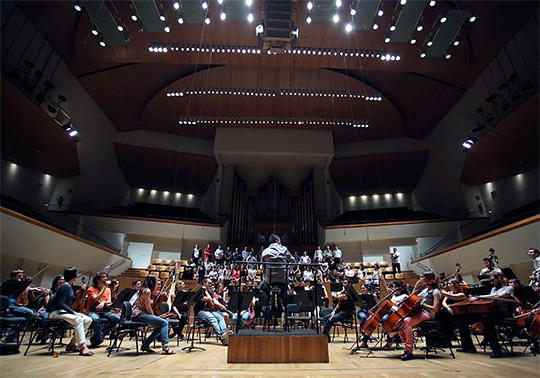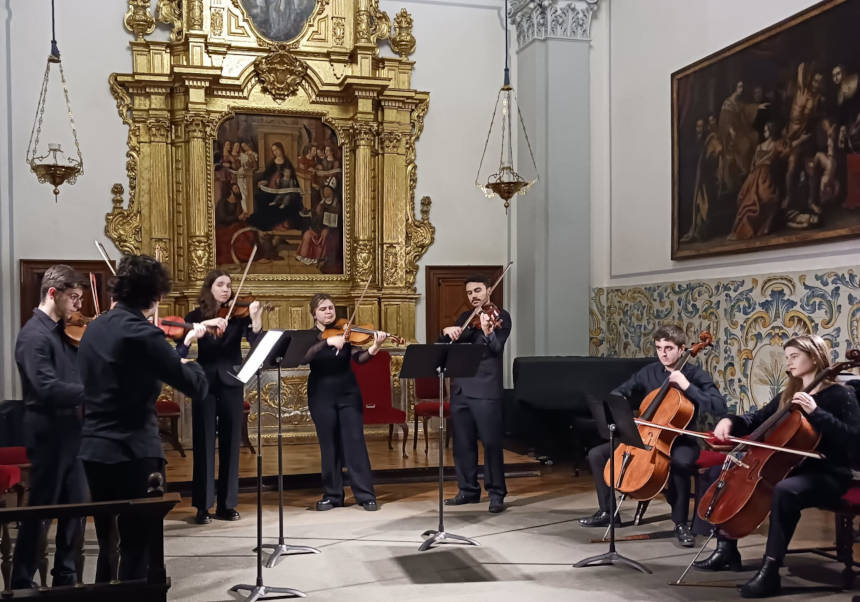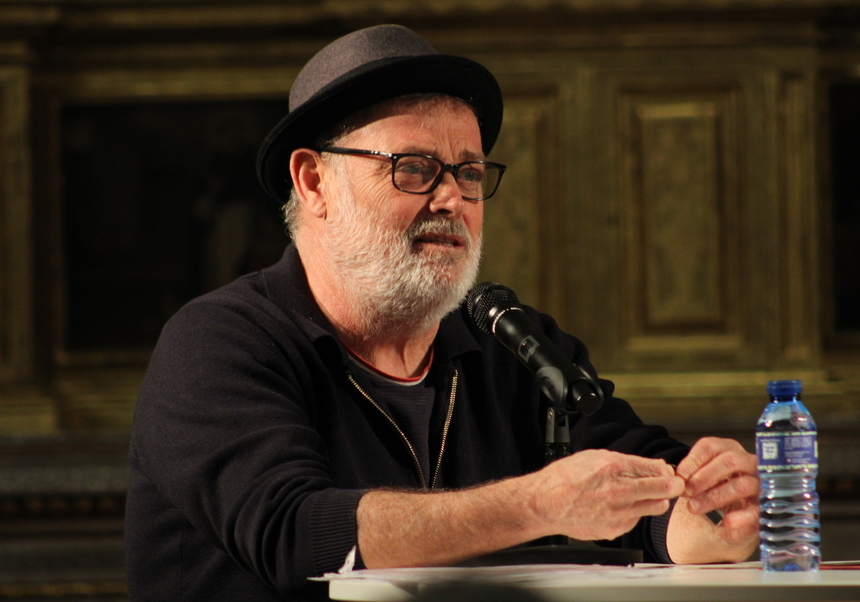The Philharmonic Orchestra of the UV starts a concert tour with Catalonian universities
- March 10th, 2017

The Philharmonic Orchestra of the Universitat de València, which is conducted by Hilari Garcia Gázquez, will go on an exchange concerts tour with the orchestras of the Universitat de Barcelona and the Universitat Rovira i Virgili of Tarragona, within the framework of the SINERGIA network. The concerts will take place on 10 March at the Paranymph of the historic building of the Universitat de Barcelona and on 11 March at the Teatre Auditori de Salou. Both concerts will start at 19:00 and the entrance will be free.
The Universitat de València coordinates the project SINERGIA, the network of Spanish University Orchestras which was born in 2015 with the purpose of sharing information, management, production, training, etcetera among the Spanish university orchestras to produce activities together.
Nowadays, in Spain there are 20 University orchestras mostly created in the 90s. Although the universities have university musical formations, there are few higher institutions which have created their own philharmonic orchestras, since it is an ambitious project which implies the gathering of 80 people, apart from technical staff and administrative support.
The repertoire
The Universitat de València’s Philharmonic Orchestra will play a repertoire in these two concerts in Catalonia that includes three pieces: ‘Documental Valenciana’ (1936), a piece composed by the Valencian musician Manuel Palau (1893-1967) for the documentary film ‘Valencia y sus flores’ by CIFESA; the suite ‘Masquerade’ (1941), by Aram Jachaturián (1903-1978); and the ‘Sinfonía nº2 en mi menor, Op. 27’ (1908), by Serguéi Rajmáninov (1873-1943).
It is a programme of music which has been composed in the first half of the 20th century. Its special feature is its post-Romantic aesthetics in contrast to the vanguards that were taking place in the artistic panorama during these first decades of the century.
Moreover, the Orchestra remembers Manuel Palau on the 50th anniversary of his death. He was a Valencian composer whose aesthetics frames in the same line as other contemporary European composers more well-known as Maurice Ravel or Manuel de Falla. Furthermore, the piece ‘Documental Valenciana’, composed in 1936 shows through its musical characteristics how the Palau’s future production will be in the post-war period.
Regarding the other two works, they share the same Romantic and traditional style, out of the vanguards. The worlds of Jachaturián and Rajmáninov were completely different. Despite being two composers who lived closely the Russian Revolution and the Soviet Union, they have really different trajectories. While Jachaturián was a musician related to the regime, Rajmáninov was one of the last great Romantic composers who moved to the United States when the Russian Revolution broke out in 1917. As a consequence, he had no elation with the Soviet musical world.
Programme of the concerts, curriculum of the Orchestra and of the Chief Conductor, Hilari Garcia















